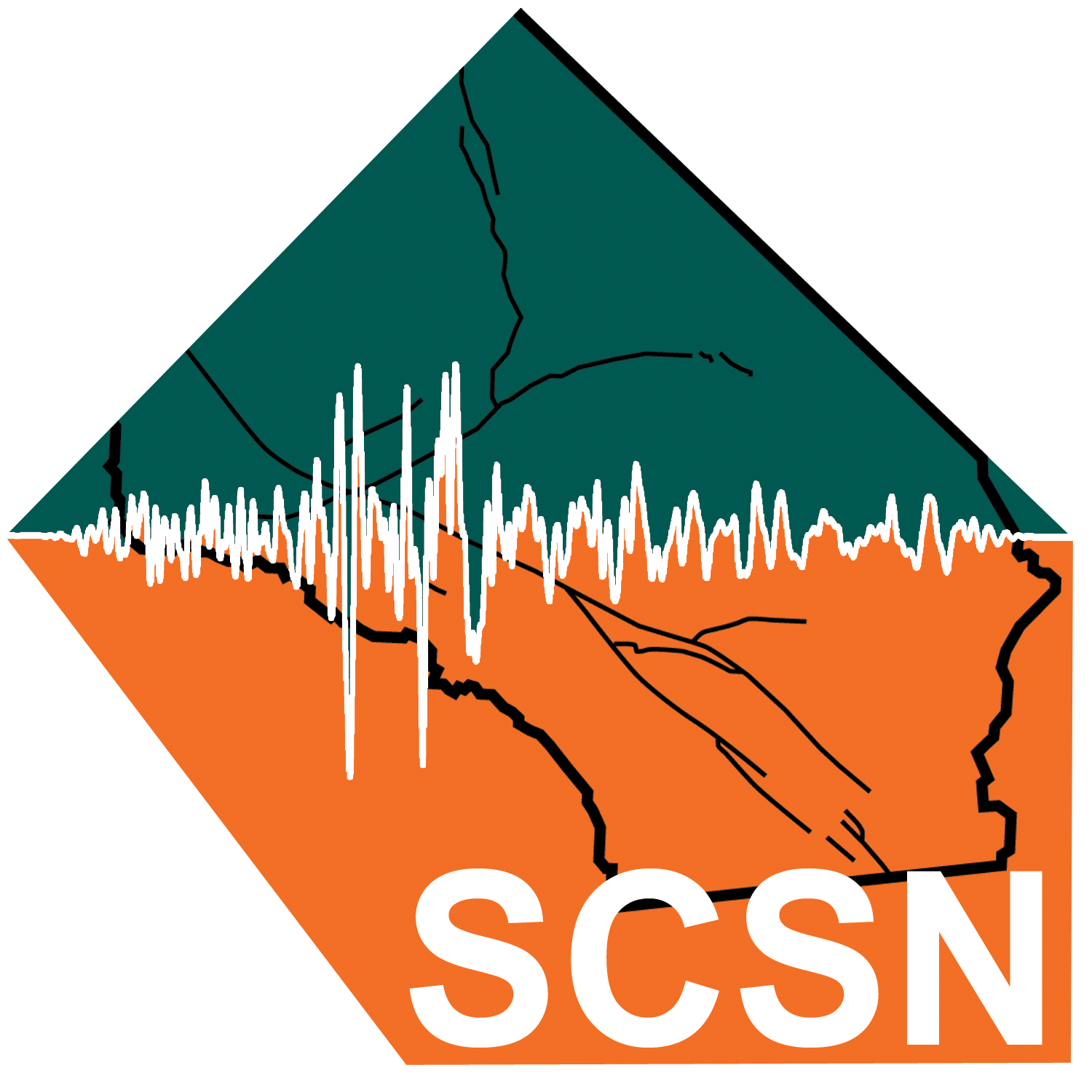Access Data
Special Data Sets
3D Velocity Model for Southern California
Purpose
The purpose of the Three-Dimensional Community Velocity Model for Southern California is to provide a unified reference model for the several areas of research that depend of the subsurface velocity structure in their analysis. These include strong motion modeling, seismicity location, and tomographic velocity modeling. It is also hoped that the geologic community will find the basin models useful because they are based on structures and interfaces that are largely derived from geologic structure models. The deeper sediment velocities themselves are obtained from empirical relationships that take into account age of the formation and depth of burial. The coefficients of these relationships are calibrated to sonic logs taken from boreholes in the region. Shallow sediment velocities are taken from geotechnical borehole measurements. Hardrock velocities are based on tomographic studies.
Use, Documentation and Models
The velocity models are a Fortran code and associated files that are downloaded, compiled, and run locally. The user queries the models by creating an input file of latitude, longitude, and depth values, and the model returns Vp, Vs, and density at each of those points. Some web based interfaces to handle model queries have been developed and are available from the SCEC Community Modeling Environment.
The Community Velocity Model has been released in progressive versions. It is now in version 4. It is recommended to use version 4 over previous versions.
Version 4
Version 4 is based on Version 3 with the following differences:
- San Bernardino Valley: A new San Bernardino Valley basement is based on recent USGS inversion of gravity data confirmed by comparison to a seismic reflection line. The new model features a deep trough in the central valley, in contrast to the previous flat-bottomed valley model. The new basement joins smoothly to the relatively shallow Chino basin to the west.
- Salton Trough: A new model is motivated by the needs of TeraShake simulations of southern San Andreas fault events. Depth to basement is defined by a combination of seismic refraction surveys, inversion of gravity observations, surface geology, and boreholes. Sediment velocity-depth gradients depend on the nature of the basement, smoothing merging into deep metasedimentary basement, and having a discontinuity above shallow crystalline basement. The model includes the portion of the Trough south of the international border.
- Vp-density: The new Vp-density relation is based on density measurements from oil well samples in the Los Angeles basin and the San Gabriel Valley, geotechnical boreholes throughout southern California, and 12 oil wells along the LARSE lines. The newly determined Vp-density ratio is constant, in contrast to the old relation. This is true even for low Vp, as defined by the geotechnical data. The new densities are higher, for a given Vp, than the old. This will tend to lower the Poisson ratio, which will lower Vp/Vs; that is, changing the Vp-density relation produces a new Vs model.
Download Version 4.0 ~7.0 Mbytes
A "readme" file for this model is available (txt)
As part of SCEC's work in producing SCEC Community Velocity Model -Harvard (CVM-H), Community Velocity Model version 4 (CVM-4) was evaluated. To build the CVM-4 meshes, a "bug-fix" version by Geoff Ely at USC was developed.
Download Bug-fix Version 4.0.
Download Bug-fix Version 4.0 md5sum file.
Version 3
Reference: Kohler, M., H. Magistrale, and R. Clayton, 2003, Mantle heterogeneities and the SCEC three-dimensional seismic velocity model version 3, Bulletin Seismological Society of America 93, 757-774.*
Download Version 3.0 ~6.2 Mbytes
A "readme" file for this model is available (txt)
Version 2
Version 2.2 of the SCEC 3D velocity model was released on Sept 7, 2000. This version of the model is a superset of the first version of the model that adds:
- A geotechnical layer on the top of the model basins
- A laterally varying background velocity
- A laterally varying Moho depth
- The Salton Trough
Reference: Magistrale, H., S. Day, R. Clayton, and R. Graves, 2000, The SCEC southern California reference three-dimensional seismic velocity model version 2, Bulletin Seismological Society of America, 90 (6B), S65-S76.*
Download Version 2.2 ~1.7 Mbytes
A "readme" file for this model is available (txt)
Version 1
Version 1 of the 3D velocity model is composed of the following elements:
- Basin Models: Detailed models for the Los Angeles, San Fernando, San Bernardino, and Ventura Basins are included. The models are based on boundaries between significant stratigraphic units. These boundaries are represented by a number of surfaces (depth as a function of lat and lon), which are valid within specified polygonal regions. The lat-lon coordinates of a particular point are used to determine which surfaces apply, and the depth of the point is used to determine which surfaces to interpolate between.
- Background Velocity: A smoothed version of the standard model used to locate earthquakes in southern California is used.
- Moho Depth: A constant depth to Moho of 32 km is used.
- Mantle Velocity: The upper mantle between 32 and 60 km is a gradient from 7.8 to 7.9 km/s, and is constant below 60 km.
Reference: Magistrale, H., K. McLaughlin, and S. Day, 1996, A geology based 3-D velocity model of the Los Angeles basin sediments, Bulletin Seismological Society of America 86, 1161-1166.*
Download Model and Code ~1.5 Mbytes
Previous Meetings:
SCEC Meeting, Oct 1997
CIT Workshop, Nov 1997
* The Version 2 manuscript contains the most complete description. The Version 3 model is the same as Version 2, but with the addition of an upper mantle model.






